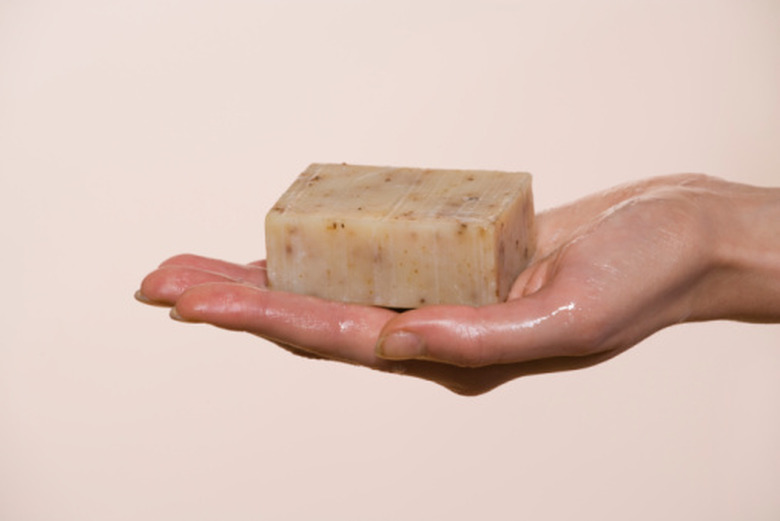Uses For Mahogany Tree Seeds
The trees known as forest mahogany in Africa's tropics and subtropics bear edible fatty seeds encased in a poisonous bright-red hull with a rounded black patch resembling a thumbnail. Six of the black seeds inside are included in each of the three valves into which the forest mahogany's fruits split.
The trees known as forest mahogany in Africa's tropics and subtropics bear edible fatty seeds encased in a poisonous bright-red hull with a rounded black patch resembling a thumbnail. Six of the black seeds inside are included in each of the three valves into which the forest mahogany's fruits split. Fruiting takes place between January and May after the tree produces white blooms between October and December.
Food and Cooking
Once removed from the hull, forest mahogany seeds can be boiled and eaten as a side dish. So can the fleshy brown arils encapsulating the seeds. Together, they can be crushed into a sweet, milky drink or sauce. The rich, fatty seeds are between 55 to 65 percent oil, the bulk of which is palmitic and oleic acid. Oleic acid is the healthy monounsaturated fat also found in avocados and olive oil. The oil extracted from forest mahogany seeds is used for cooking. When forest mahogany seeds are harvested for oil, the seed residue can be used in animal feed or as fertilizer.
- The trees known as forest mahogany in Africa's tropics and subtropics bear edible fatty seeds encased in a poisonous bright-red hull with a rounded black patch resembling a thumbnail.
Beauty Aid
Forest mahogany seeds can be made into soaps, body ointments and hair oil. The seeds' fatty acids are the same used in many handmade, detergent-free bath bars sold by spas. Unlike commercial soaps made with beef or mutton fat, oils of palmitic and oleic acids, which make up 85 percent of forest mahogany seeds' oil content, make vegan-friendly soaps. Palmitic and oleic acids are also key ingredients in hair oils. Their emollient properties improve the texture of hair as well as detangle it.
Alternative Medicine
The oil produced from forest mahogany seeds' palmitic and oleic acids can serve as an alternative medicine therapy to treat atopic dermatitis, or eczema. The Mayo Clinic warns that there is no conclusive evidence supporting the oil's success as a body ointment and suggests a doctor consultation before considering such an alternative therapy. One study cited in Shawn M. Talbott and Kerry Hughes' "The Health Professional's Guide to Dietary Supplements," a reference book for healthcare professionals, suggests that patients who applied pulp oil high in palmitic and oleic acids showed "significant improvements" for their dermatitis symptoms. Across Africa, mahogany seed oil has been used as an alternative body ointment therapy for a range of skin cuts, itches and wounds to ameliorate the healing process.
- Forest mahogany seeds can be made into soaps, body ointments and hair oil.
- The oil produced from forest mahogany seeds' palmitic and oleic acids can serve as an alternative medicine therapy to treat atopic dermatitis, or eczema.
